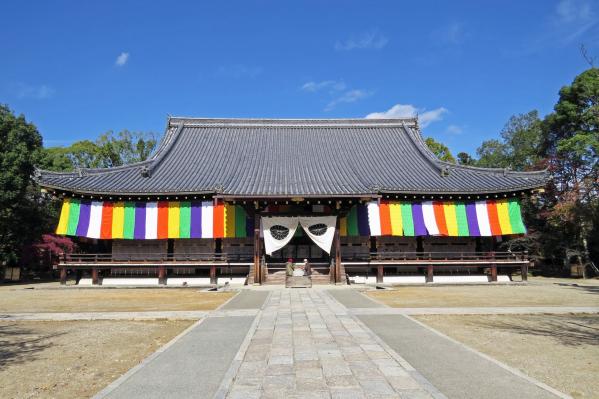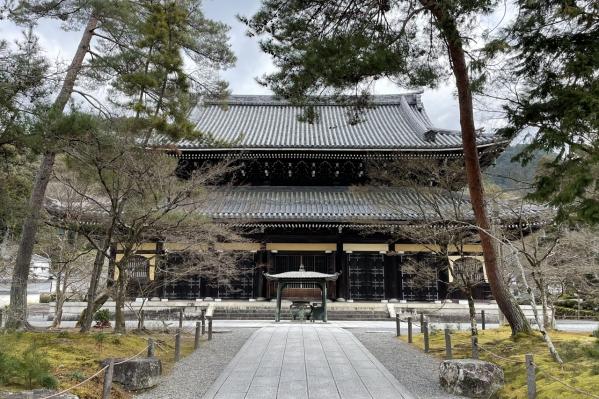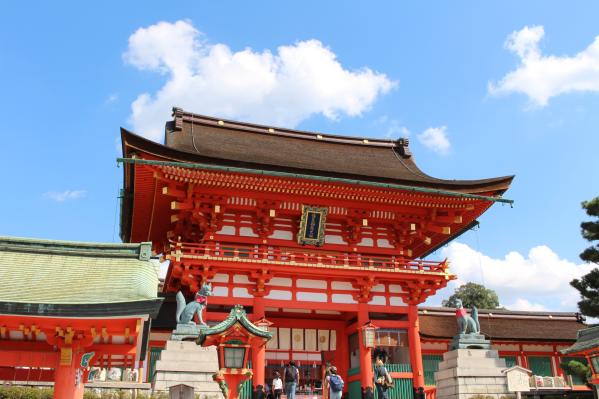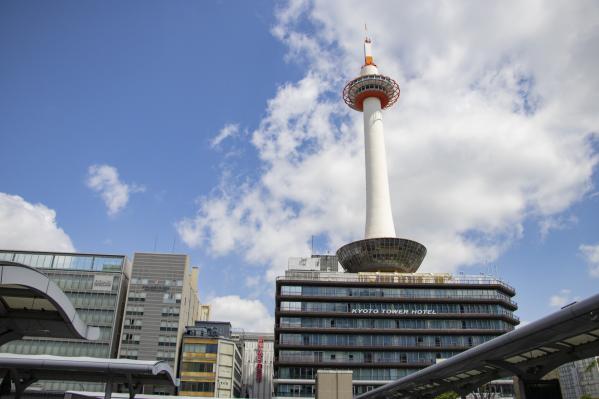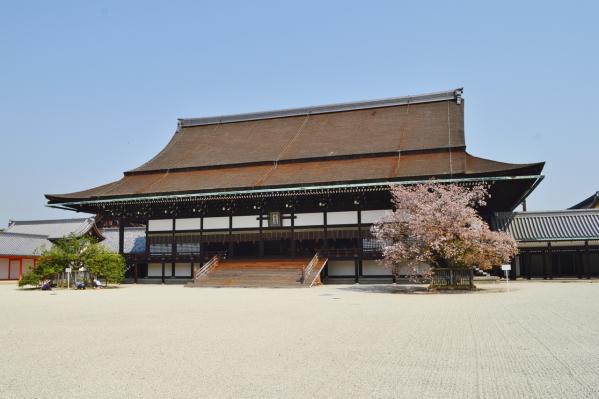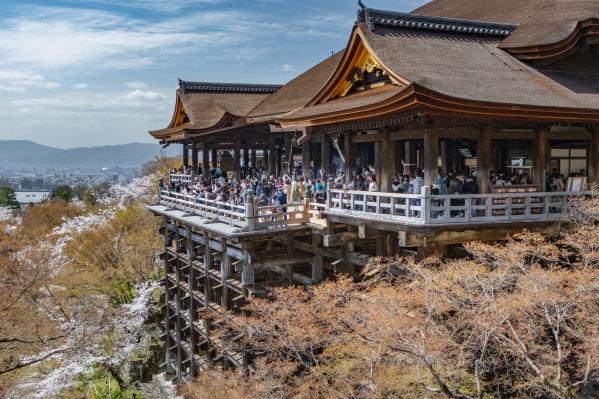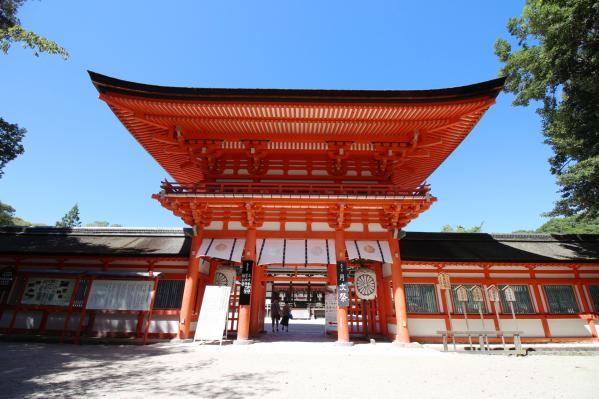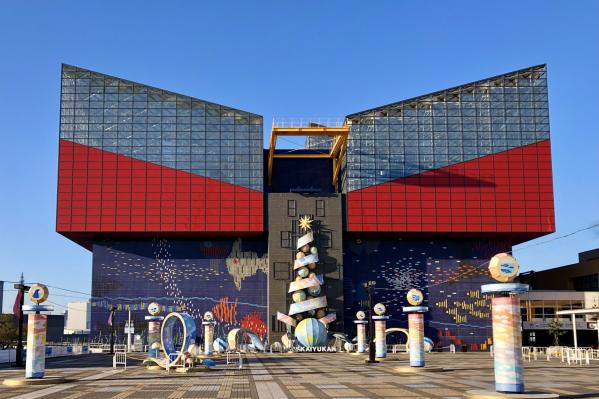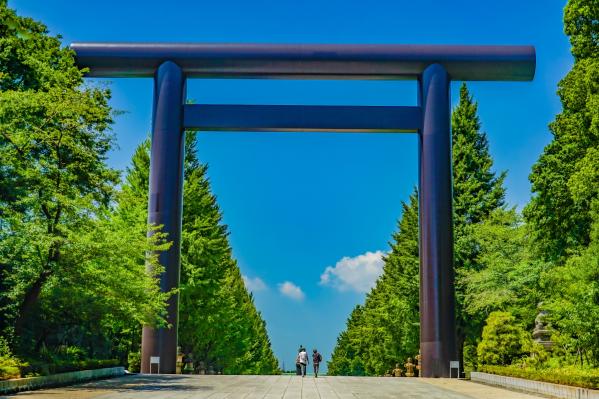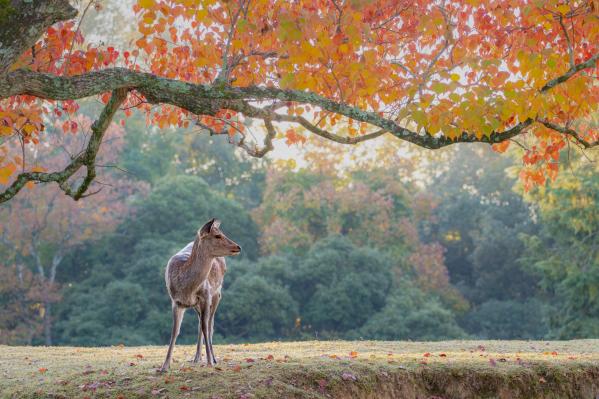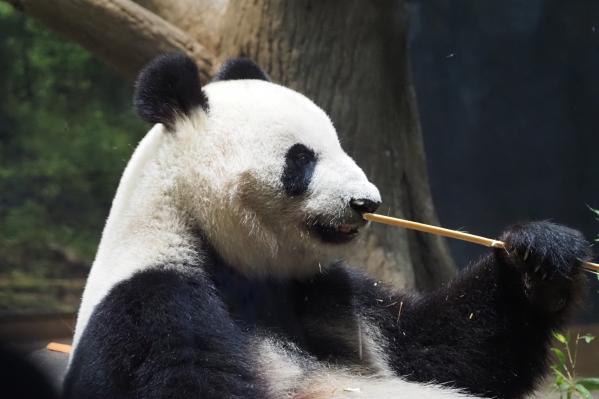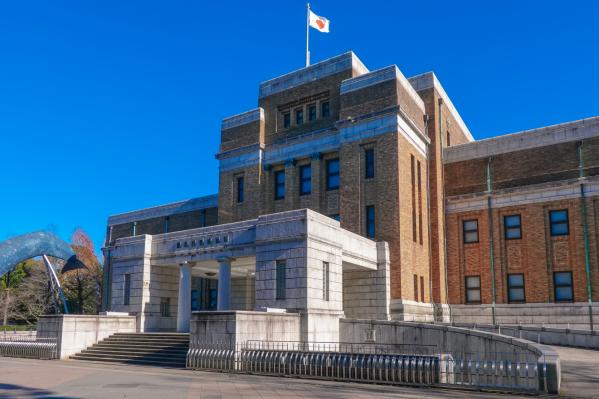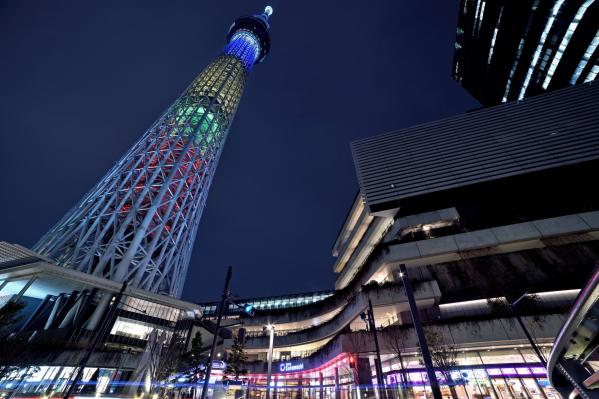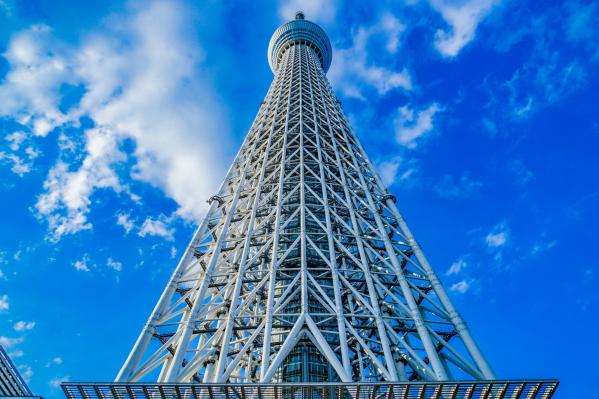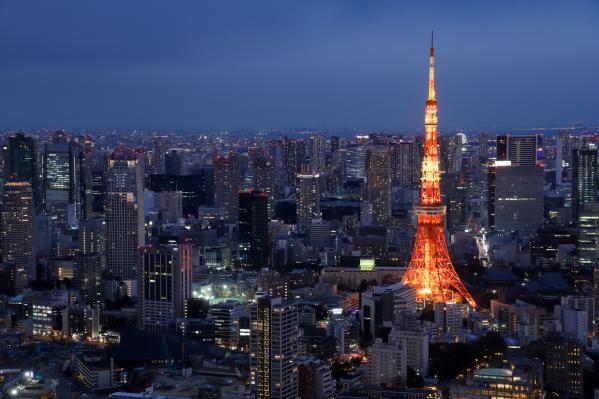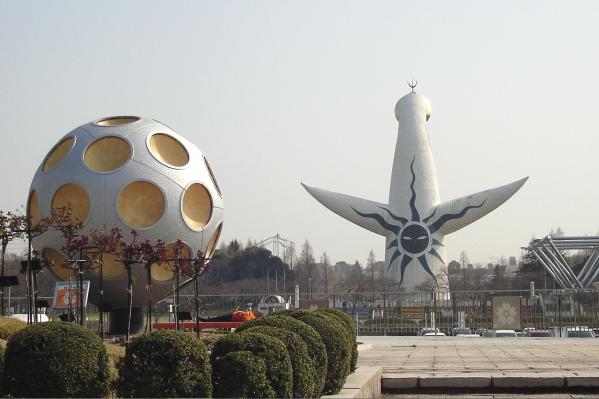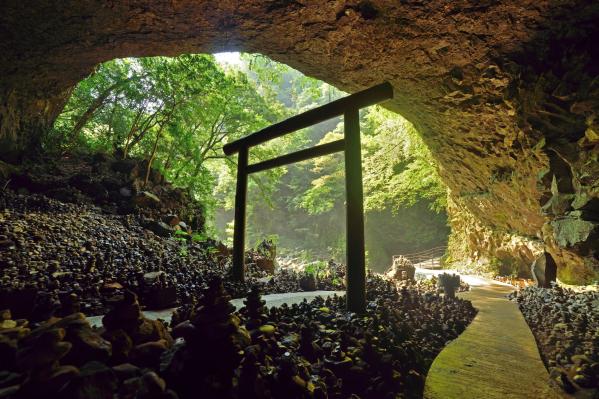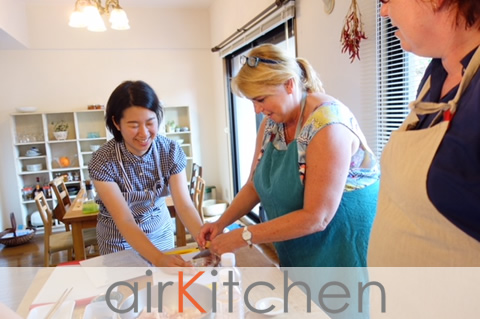Kinkaku-ji (Golden Pavilion)
The history of Kinkaku-ji dates back to the Kamakura period when it was originally a villa of the nobleman Saiin-ji Kokei. Ashikaga Yoshimitsu acquired the land and built a mountain villa called Hokusan-den, which marked the beginning of its existence as a temple, later named Rokuon-ji.
Kinkaku-ji consists of a three-story pavilion, with the topmost story, called the Kuge-tō, designed in the style of Tang Dynasty Zen temples, featuring a beautiful gold exterior covered in gold leaf. Inside, it houses relics of the Buddha and is adorned with shining decorations.
The temple grounds also include beautiful gardens and a tea house called Yōkatei, symbolizing the culture of the Kitayama period. Additionally, the view of the "Upside-Down Kinkaku" reflected in the mirror-like pond in front of the pavilion is renowned for its picturesque scenery.
This temple was once destroyed by fire during wartime but was reconstructed in 1955, and its beauty continues to captivate many tourists. Kinkaku-ji is highly regarded as a cultural heritage of Japan, and its beauty and historical significance make it one of the representative sites of Kyoto.
Basic Information
- Spot Name
- Kinkaku-ji (Golden Pavilion)
- Location
- 〒603-8361 1 Kinkakuji-cho, Kita Ward, Kyoto City, Kyoto Prefecture, Japan
- Access
- Get off at "Kinkakuji Michi" on the city bus.
- Parking
- Operating Hours:
8:40 AM - 5:10 PM
Capacity:
250 vehicles (total for Parking Lots 1, 2, and 3) - Business Hours
- Visitation hours: 9:00 AM to 5:00 PM
- Regular Holiday
- Open year-round.
- Fees
- Entrance Fee
Adults (High School Students and above) 500 yen
Elementary and Junior High School Students 300 yen - Contact Information
- Phone Number:075-461-0013
- Official Website
Map
Detailed Information
The History of Kinkaku-ji
▶Location
Yoshimitsu, born in 1358 as the son of Ashikaga Yoshihira, the second shogun, and the daughter of Tokiyoshi, the head priest of the Ikegami Hachiman Shrine, was known in his youth as Haru-o. In 1361, during the conflicts between the Northern and Southern Courts, when Yoshimitsu was just three years old, Kyoto was attacked by a large force led by Kusunoki Masatsugu and Hosokawa Kiyoyoshi, and Yoshihira fled to Omi. Yoshimitsu, carried by his attendants, escaped to Ranshu Ryohō at Kennin-ji Temple, where the monk Ryohō disguised him in monk's robes and hid him for five days before secretly sending him to Akamatsu Noriyuki at Shirahata Castle in Banshu. The following year, Yoshimitsu returned safely to Kyoto.
In 1367, Yoshimitsu received monk's robes from the abbot Shunya Myōha at Tenryū-ji, and these figures, Shunya Myōha and his disciple Yoshidō Shūsinn, became his lifelong spiritual support. That year, his father Yoshihira passed away, and the following year, Yoshimitsu succeeded to the position of shogun at the age of eleven. According to his father's will, the kanrei (shogunal deputy) Hosokawa Yorinobu assisted the young shogun, striving to nurture Yoshimitsu into a capable leader while enhancing the authority of the shogunate. At eleven, Yoshimitsu solidified his position as shogun under the guidance of Hosokawa Yorinobu, controlling powerful local lords called shugo. In 1371, he completed the construction of the Muromachi Palace in Muromachi North Koji and moved the shogunate there, where he dug a large pond to draw water from the Kamo River and planted seasonal flowers in the garden, which bloomed vibrantly, leading people to refer to it as the "Flower Palace." At this time, the divide between the Northern and Southern Courts was still ongoing, but signs of unification began to emerge thanks to the efforts of people like Hosokawa Yorinobu.
▶Name
Kinkaku-ji, known for its fame as the Shariden (the Golden Pavilion), is commonly referred to as Kinkaku-ji, but its correct name is Rokuon-ji. It was established as a villa by Ashikaga Yoshimitsu and belongs to the Rinzai school of Zen Buddhism, specifically the Shōkoku-ji branch. The name Rokuon is derived from the location of Shakyamuni Buddha's first sermon, known as Deer Park, and the founding monk Yoshimitsu adopted the honorific title Rokuon-in-den.
▶Founding
Along with Ginkaku-ji, Kinkaku-ji is a Zen temple beloved by many visitors. Both temples are sub-temples of the Shōkoku-ji branch of the Rinzai sect and share the same founder, Mujō Kokusen. Currently, the abbot of Shōkoku-ji also serves as the abbot of both temples, managed by the priests of the sub-temples.
▶Before Yoshimitsu
The name Kitayama dates back to the Heian period, where temples such as Reigen-ji, Kōryū-ji, and Hōon-ji were built. There were also many burial mounds, including those of emperors, and cremations were conducted here. Eventually, during the Kamakura period, the powerful Saionji family possessed this land, constructing a grand villa named North Mountain Palace under the government of public economy. However, with the fall of the Kamakura Shogunate, the Saionji family also fell from power, and with their decline, North Mountain Palace fell into ruin. It was Ashikaga Yoshimitsu who inherited this North Mountain Palace and built Kitayama-dono.
▶The Saionji Family
The Saionji family originally came from the northern branch of the Fujiwara clan and was not initially notable. However, during the tenure of Saionji Kin'tsune, the family rose to become central figures in the imperial court, overshadowing the power of the regent families of the time. Around 1220, Kin'tsune, upon noticing the land now known as Kinkaku-ji, resolved to build a family temple called Saion-ji. He sought an exchange of his fief in Owari Province for this land from the owner, the Jingi-kan Hakushi family, realizing this plan. No historical records of its construction remain, but it is known that a grand housewarming ceremony took place in 1224, and the following year, Fujiwara Teika became the first to see the Saionji Kitayama Palace, remarking on its unparalleled beauty, particularly the stunning 45-shaku waterfall and the pond resembling emerald. Thought to have been conceived with the grandeur of Hōsei-ji, which symbolized the magnificence of Fujiwara Michinaga, the Saionji Kitayama Palace was referred to as a paradise on earth during its time. Unfortunately, over the years, the Saionji family declined, leading to the further ruin of the Kitayama Palace. (Today, only the pond remains as relics from that era.)
▶Yoshimitsu's Era
Yoshimitsu built the Muromachi Palace, relocating the shogunate there, which became known as the Flower Palace and served as the political center. He studied Zen under the disciple of Mujō Kokusen, Shunya Myōha, and aspired to build a temple. He constructed Shōkoku-ji next to the shogunate, which became a cultural center, giving rise to the literature of the Five Mountains. However, Yoshimitsu was not satisfied and began extensive renovations of the previously dilapidated Kitayama Palace, constructing Kitayama-dono. The Shariden within it is the Golden Pavilion, which houses the Three Buddhas of Shakyamuni on the first floor, the Kannon Hall on the second floor, and the relics on the third floor. Following this, events that had been held at the Muromachi Palace began to take place at Kitayama Palace, and its functions were transferred there. Yoshimitsu welcomed envoys from Ming China at Kitayama Palace during trade. He gathered various cultures from China and established the Kitayama Culture.
After Yoshimitsu's death, Kitayama Palace lost its status as the shogun's residence, but by his will, it became a Zen temple and was named Rokuon-ji after Yoshimitsu's honorific title. Little is accurately known about early Rokuon-ji.
▶After Yoshimitsu
Many Zen temples that had received the shogunate's patronage faced financial difficulties as the shogunate lost power. The outbreak of the Ōnin War caused many Zen temples, including the head temple Shōkoku-ji, to be destroyed, and Rokuon-ji also suffered damage, but the Golden Pavilion, the Stone Fudo Hall, and the Goma Hall survived. Subsequently, the history of the fifteenth generation of Ashikaga came to an end, leading to the transformative era of Azuchi-Momoyama and the establishment of peace during the Tokugawa period under Tokugawa Ieyasu.
▶Edo Period
The abbot of Rokuon-ji during the Edo period was Nissei Shōtai, appointed by Tokugawa Ieyasu. Nissei was highly regarded by both Toyotomi Hideyoshi and Tokugawa Ieyasu as a political advisor and was called the "Black-Robed Chancellor." Under Nissei, Rokuon-ji solidified its economic foundation, which has been inherited through his lineage.
▶Meiji Period
During the Meiji era, Rokuon-ji lost its patronage and economic base and faced various challenges, including the anti-Buddhist movement. However, thanks to the efforts of successive abbots, the temple survived and maintained its status. The first time it accepted visitors was in 1894, initiated by the then abbot, Koji Narumi, during a "joint exhibition" (now a fair) held in Osaka.
▶Visitation
The gardens of Buddhist temples are grounded in a Buddhist worldview and reflect this worldview alongside the halls and structures. By visiting the temple and immersing oneself in this environment, one can encounter Buddhism with compelling significance beyond sermons and teachings.
Following Japan's post-war economic boom, Kinkaku-ji attracted many visitors, providing opportunities for people worldwide to learn about Zen and Zen culture and recognize its value. The visitation of Kinkaku-ji has firmly established itself as a unique means of outreach, rooted in the efforts and long history of those connected to Kinkaku-ji throughout different eras.
Kinkaku-ji (Golden Pavilion) Movies
Kyoto Tourist Attractions
View ListKyoto Railway Museum
The Kyoto Railway Museum, opened in 2016, is one of the largest railway museums in Japan, designed to be a fun and educational facility with the theme of "see, touch...
Fushimi Inari Taisha Shrine
Fushimi Inari Taisha is the head shrine of approximately 30,000 Inari shrines located in Kyoto. It is believed that the deity Inari was enshrined here in the 4th yea...
Kyoto Tower
Kyoto Tower was built as a "major center for industry, culture, and tourism," with the purpose of "contributing to the development of Kyoto City." Completed in the s...
Kyoto Imperial Palace
Kyoto Imperial Palace is a place of great importance in Japanese history and culture. This vast area is located within the Kyoto Gyoen in the city center of Kyoto, c...
Kiyomizu-dera Temple
Kiyomizu-dera is a prestigious temple located in the Higashiyama district of Kyoto, boasting a history of over 1,200 years. This temple attracts many tourists from b...
Shimogamo Shrine (Kamo Mioya Shrine)
Shimogamo Shrine (officially known as Kamo Mioya Shrine) is located in the Sakyo Ward of Kyoto City and is registered as a World Heritage site as part of the "Cultur...
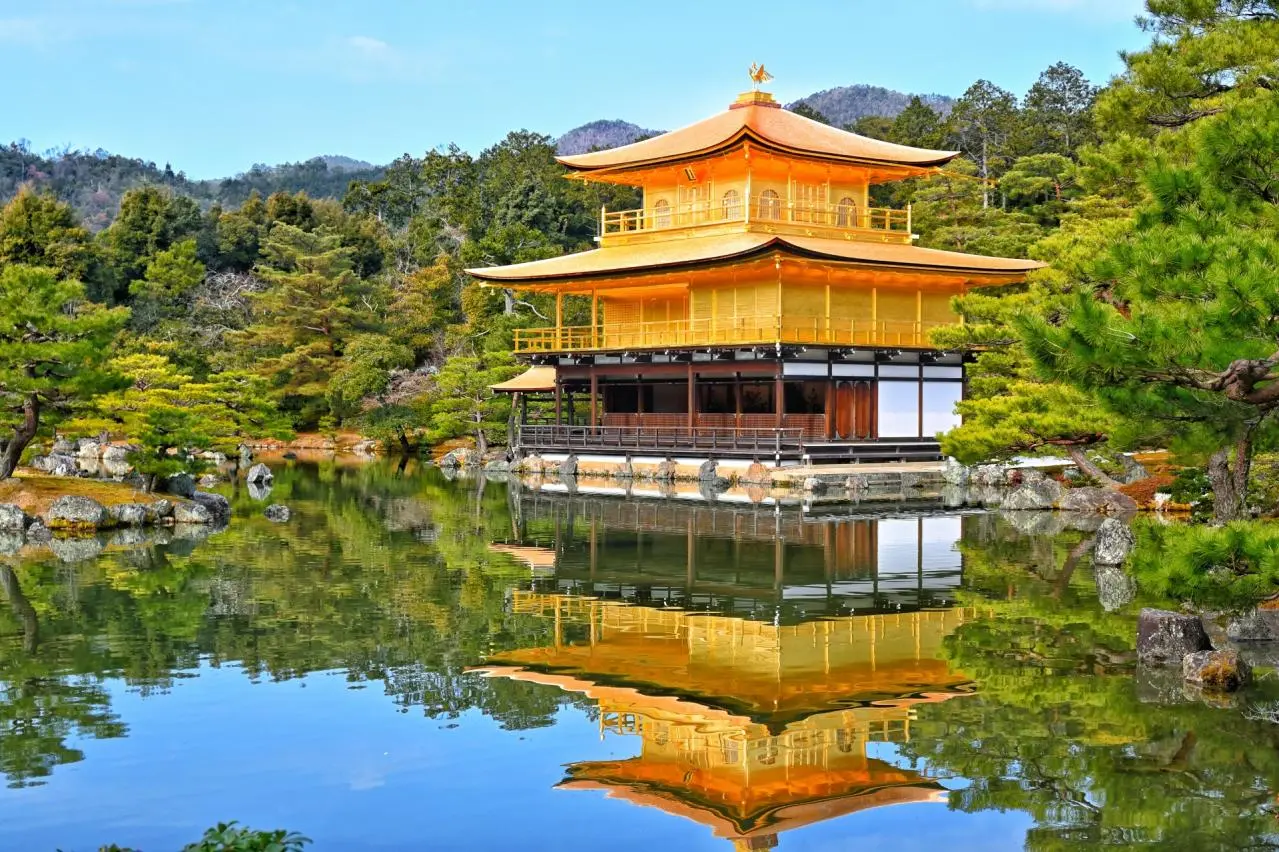
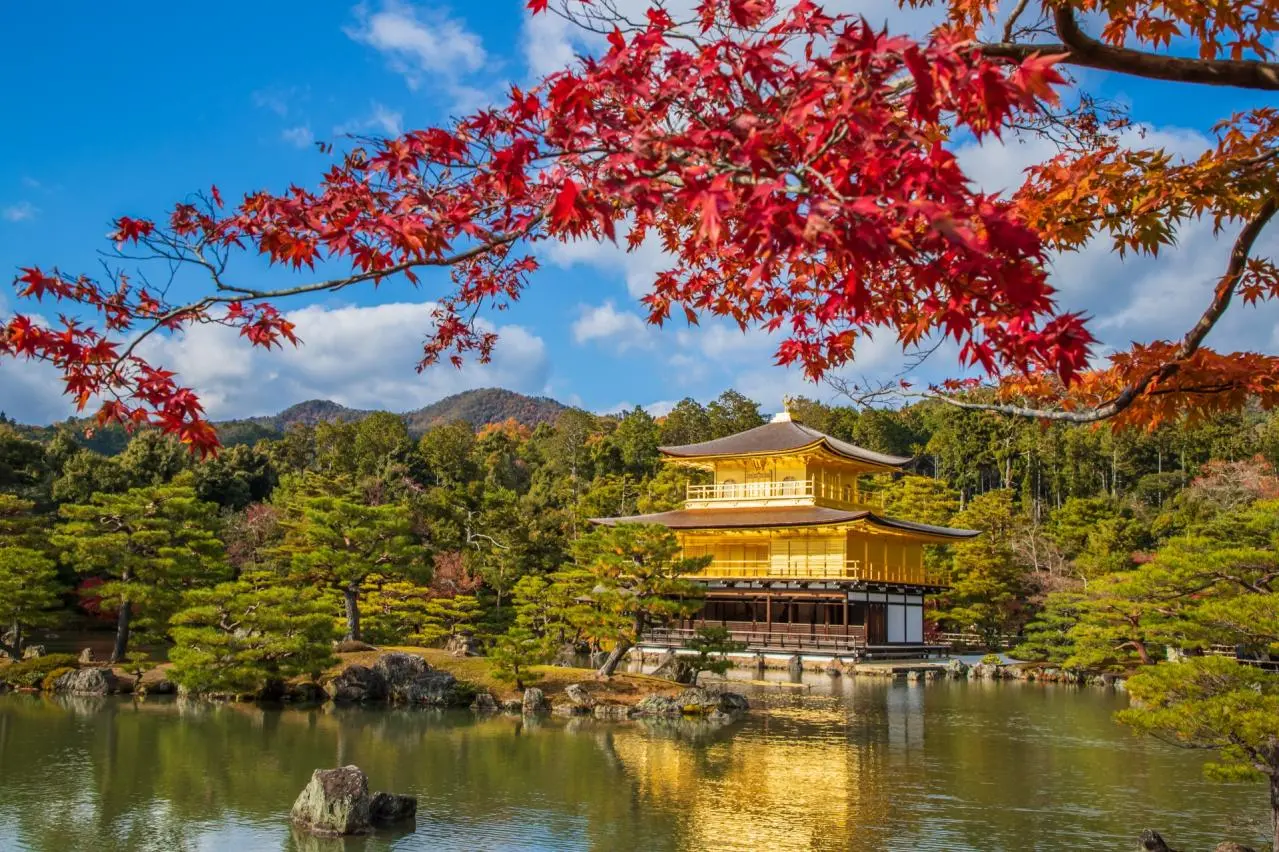
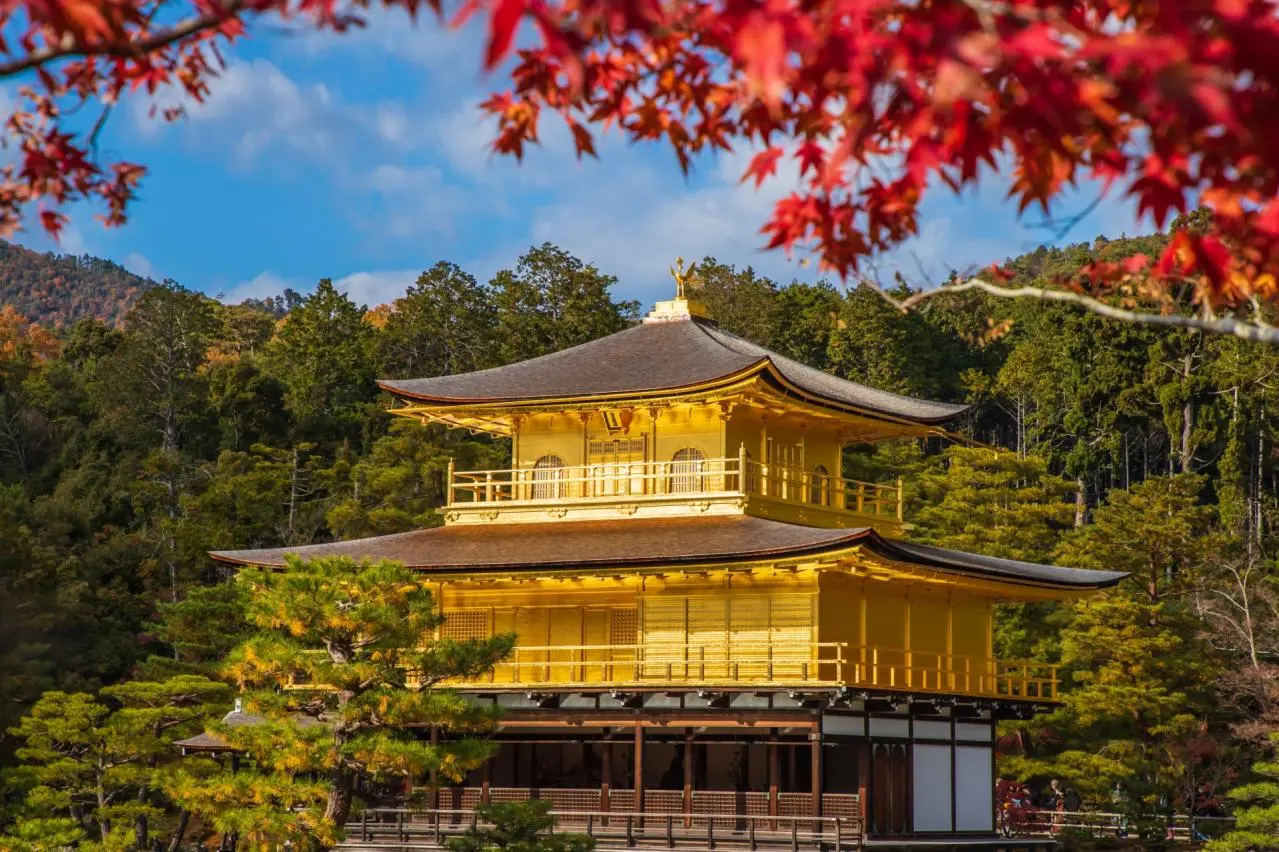
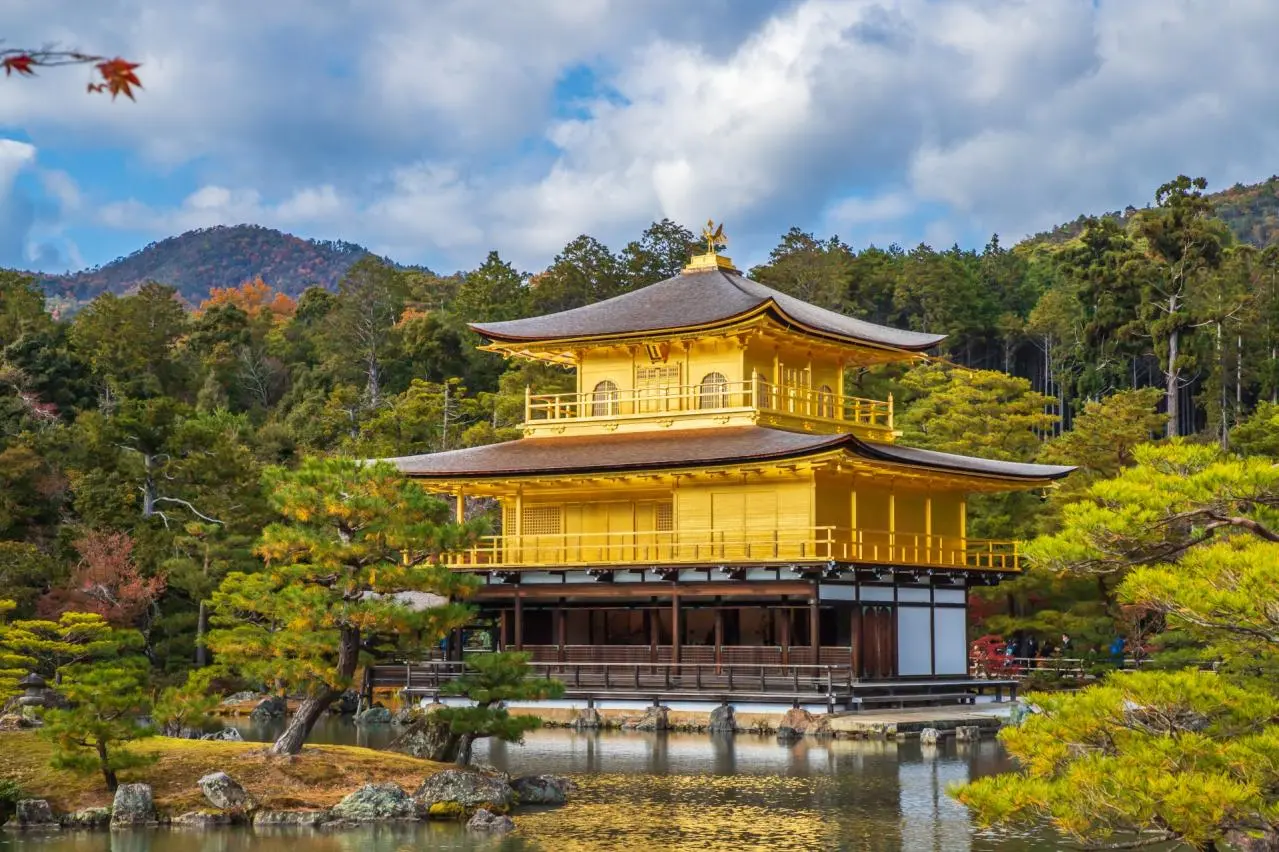
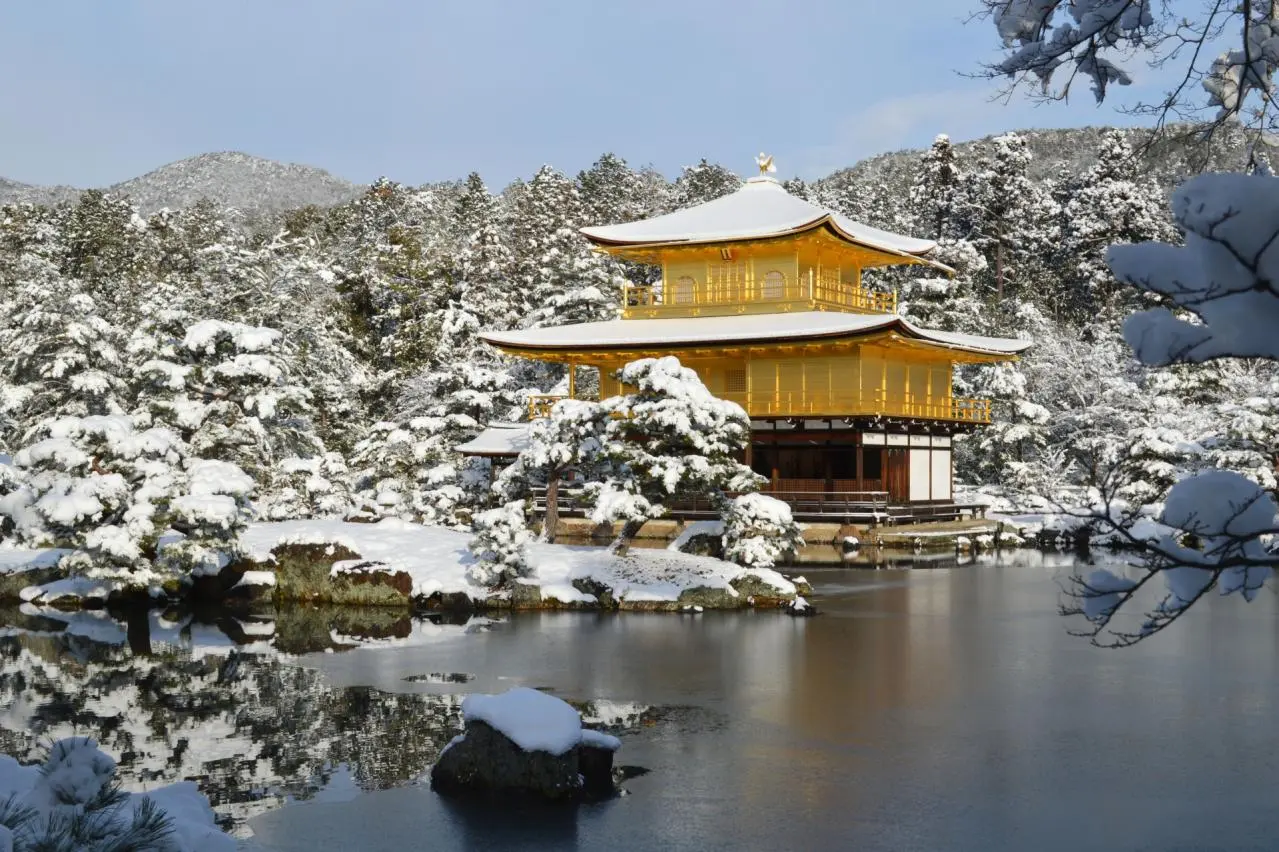
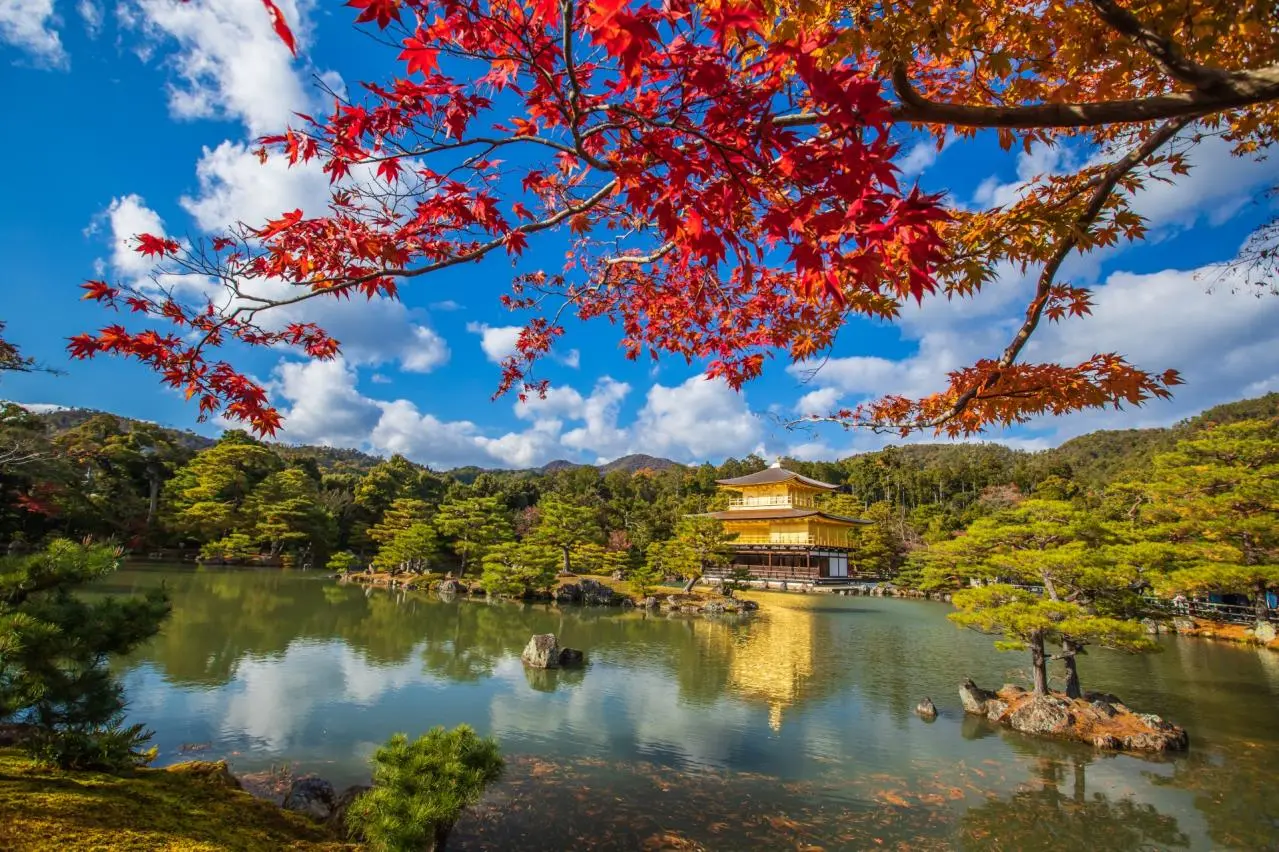
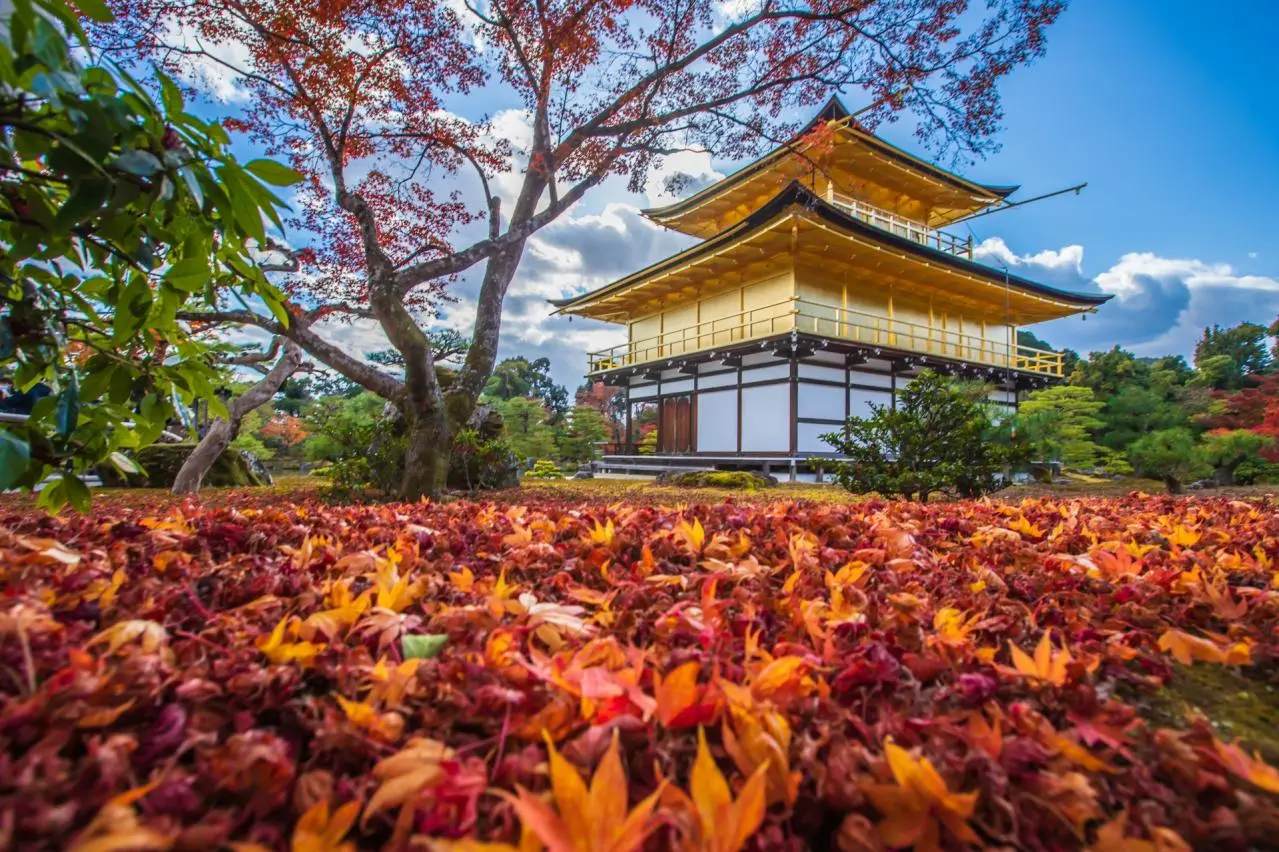
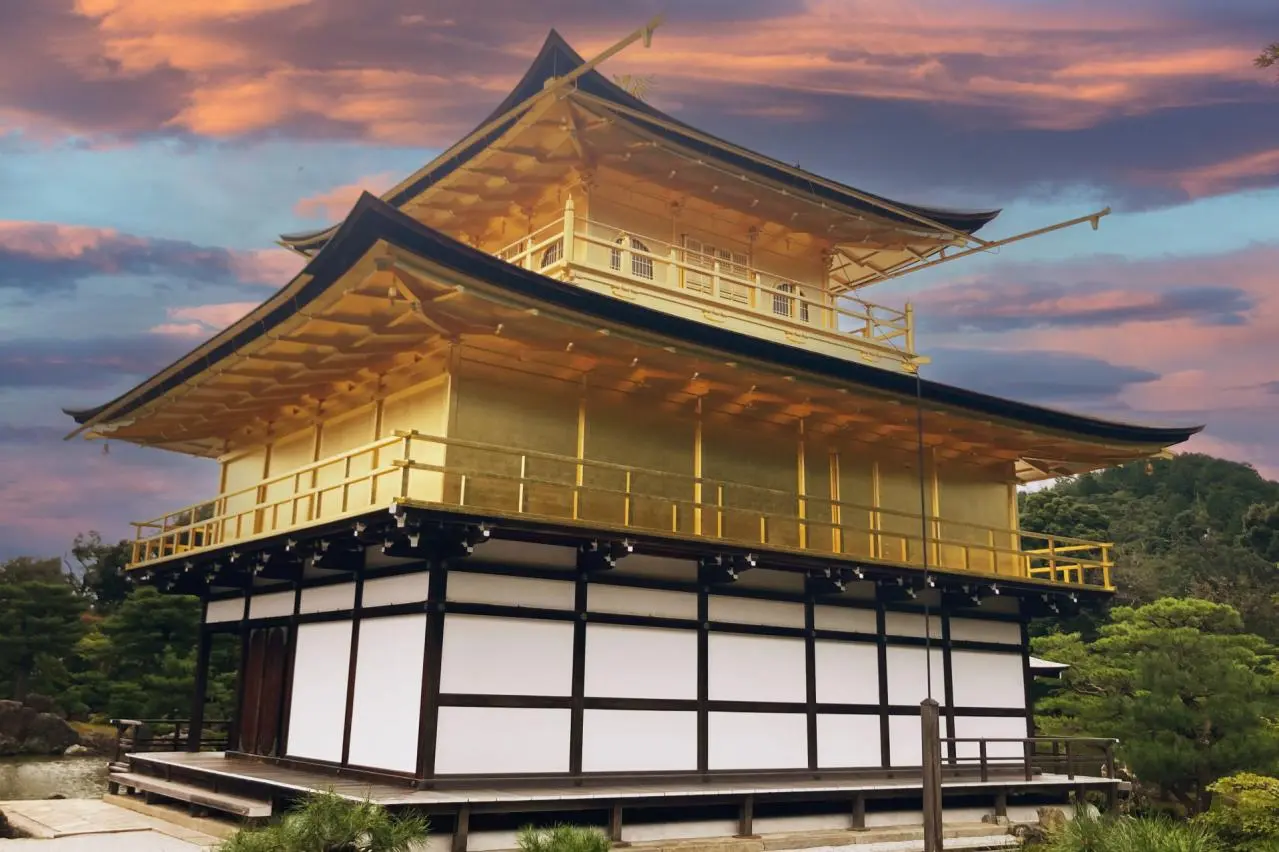
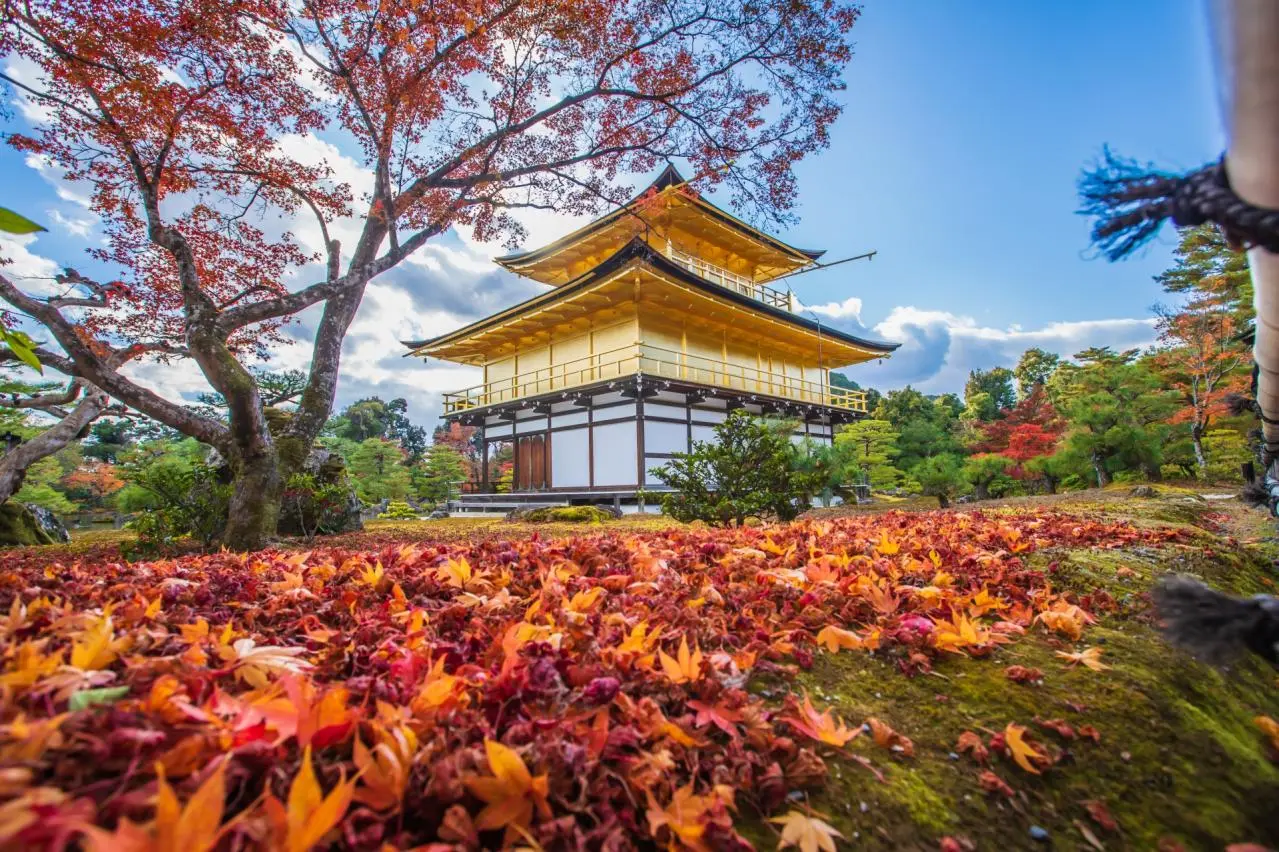
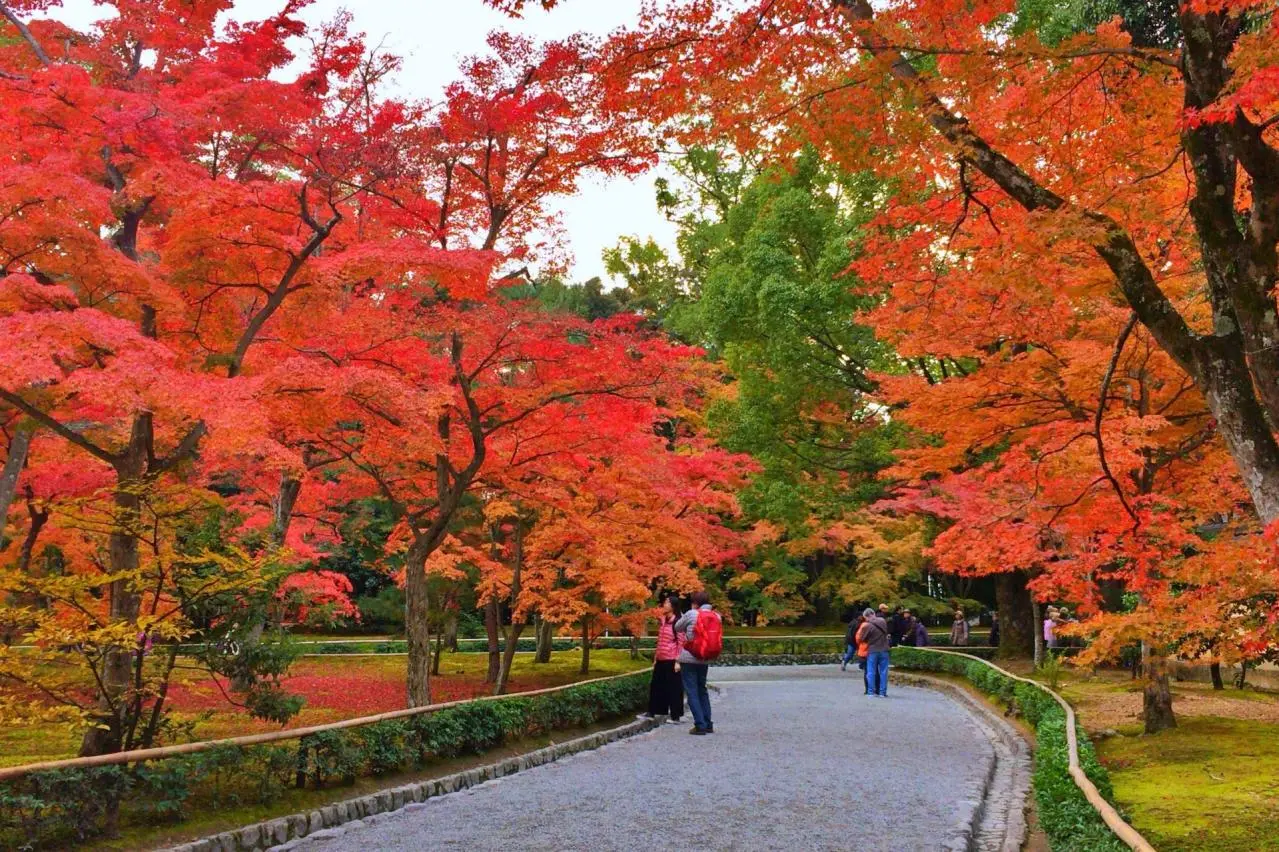
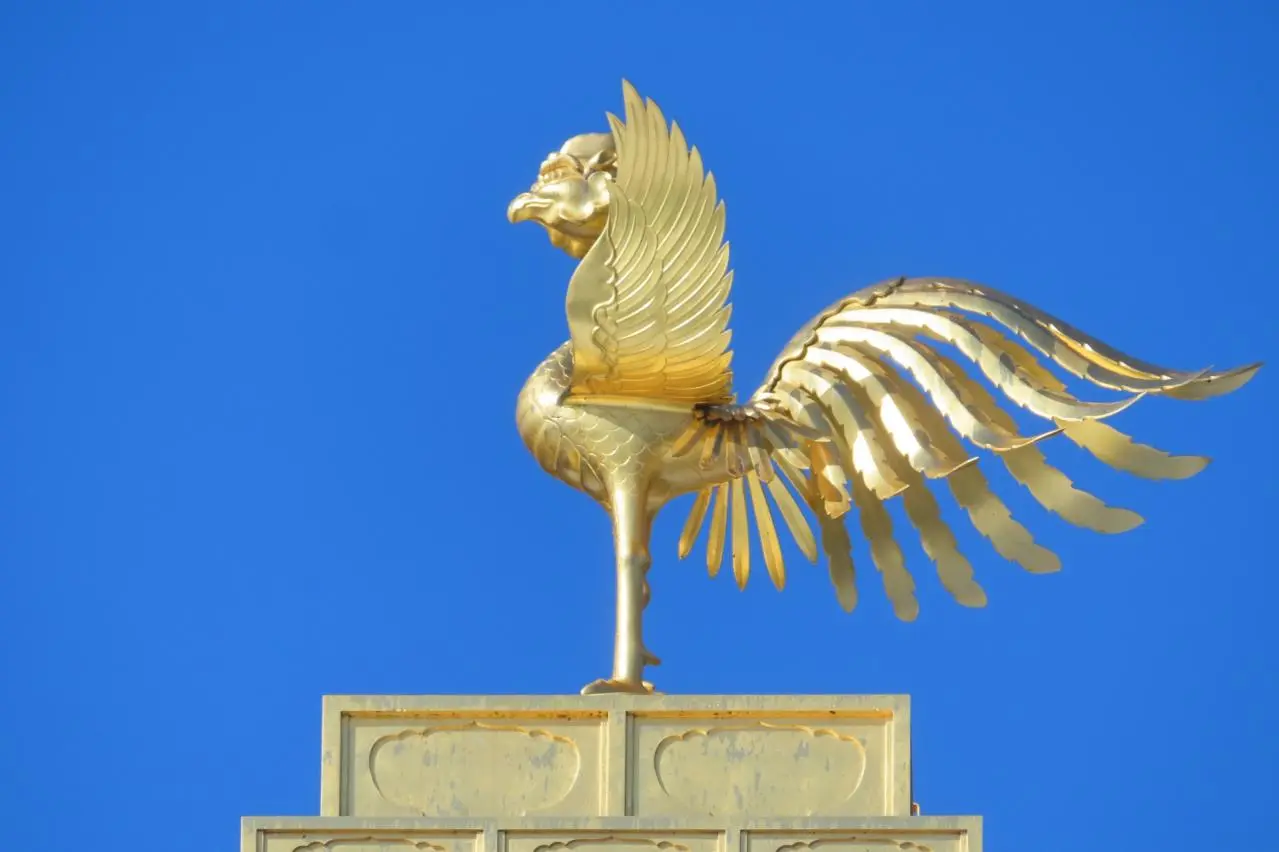
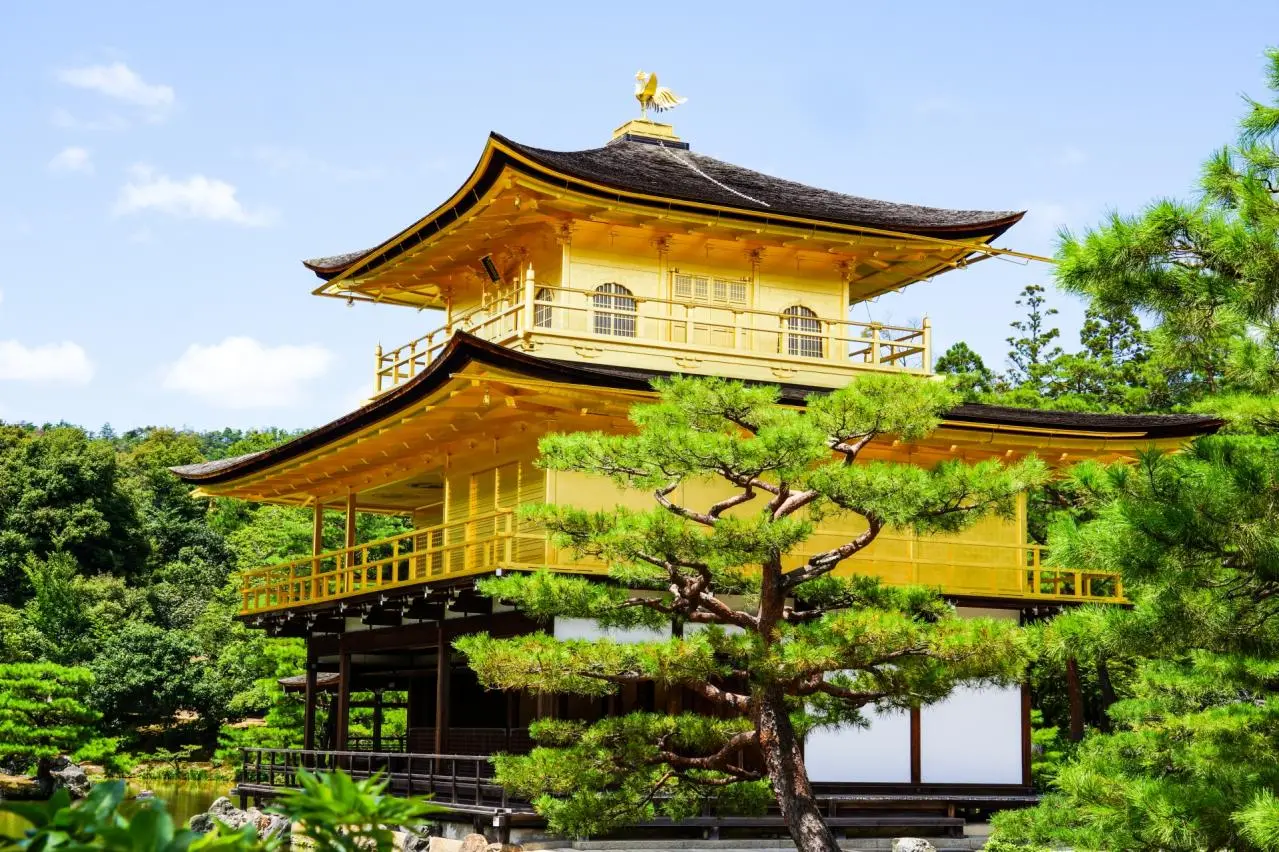
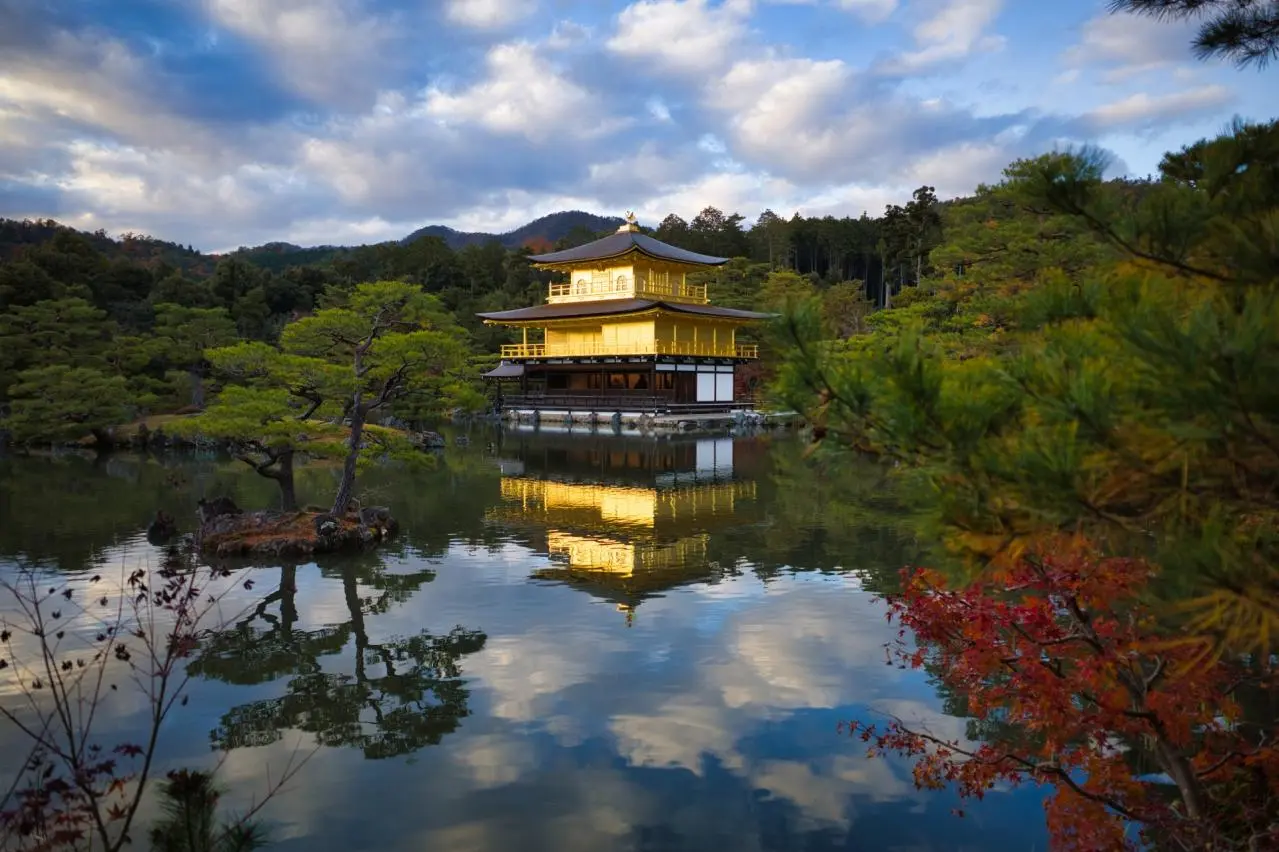
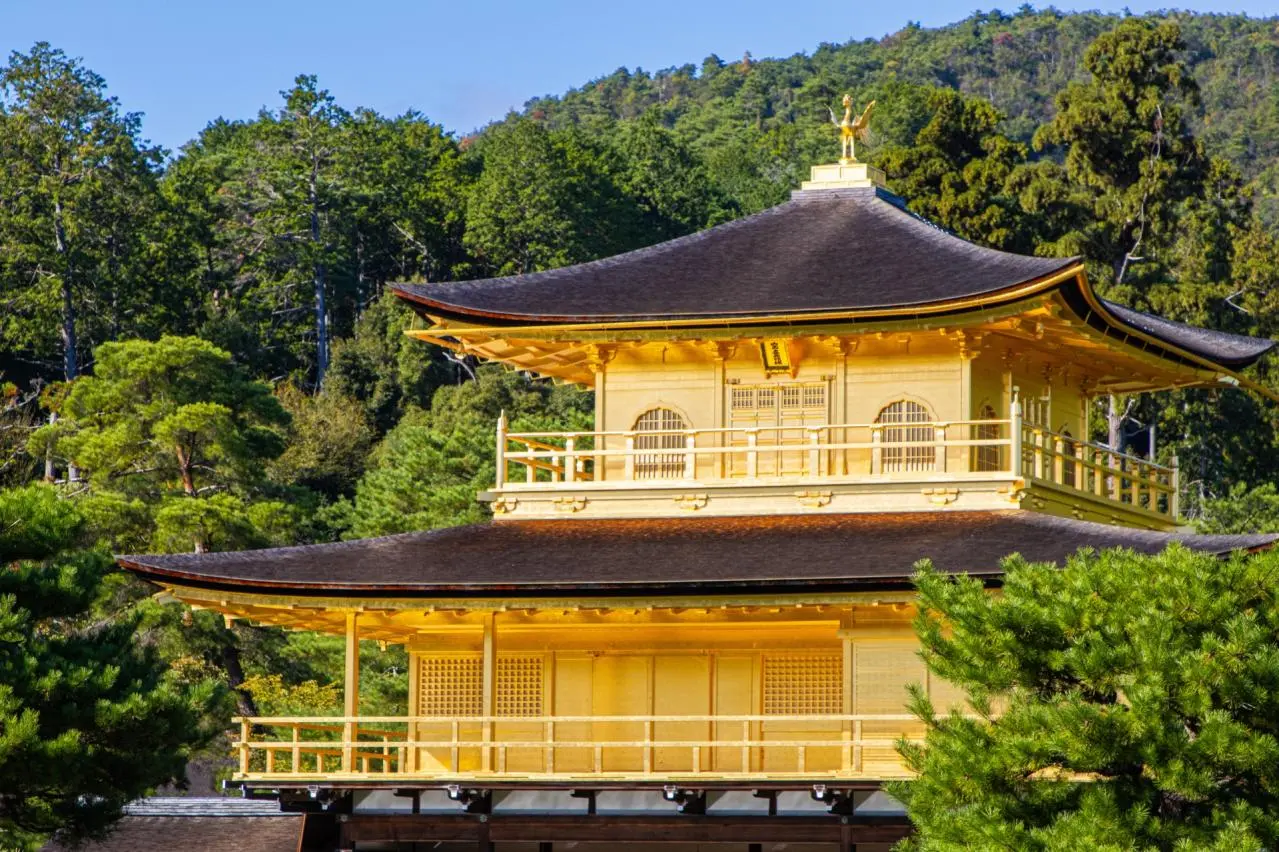
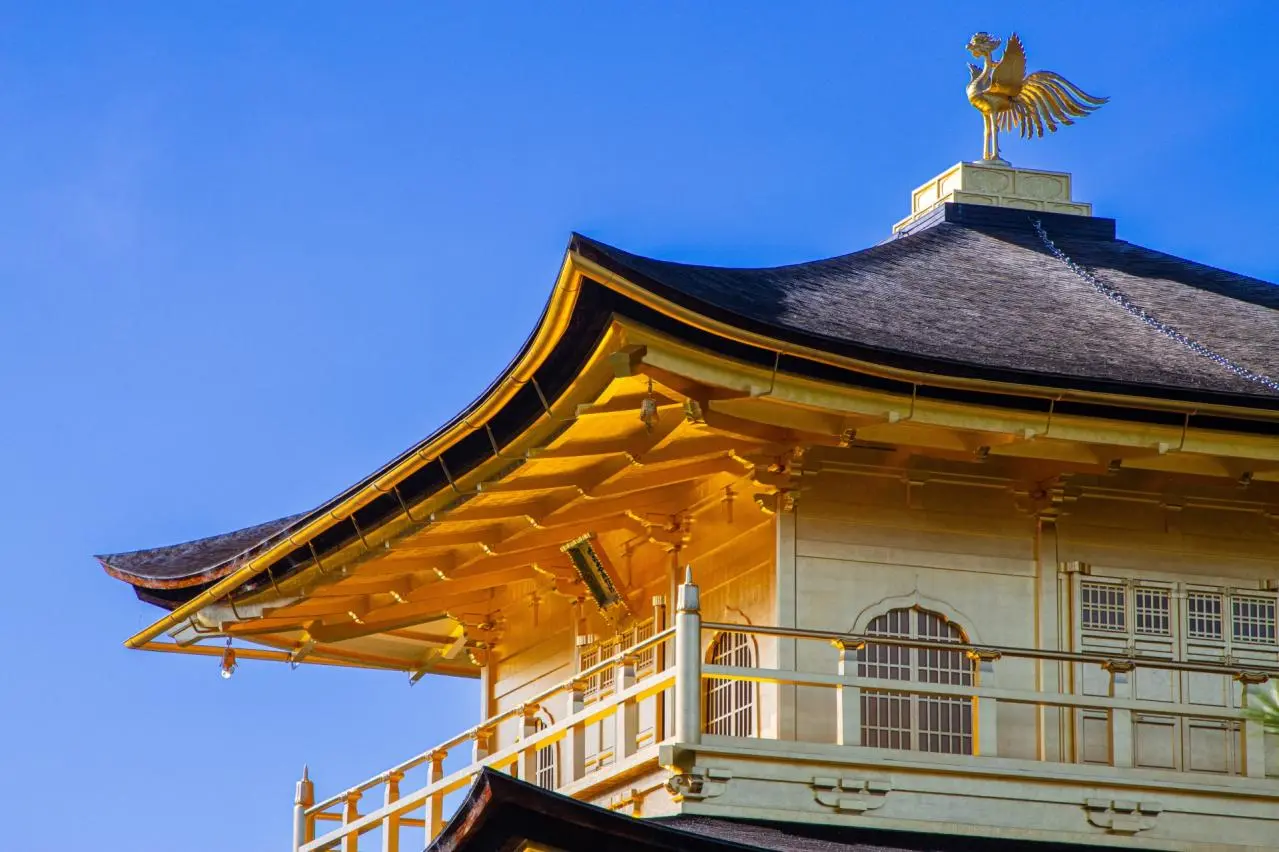
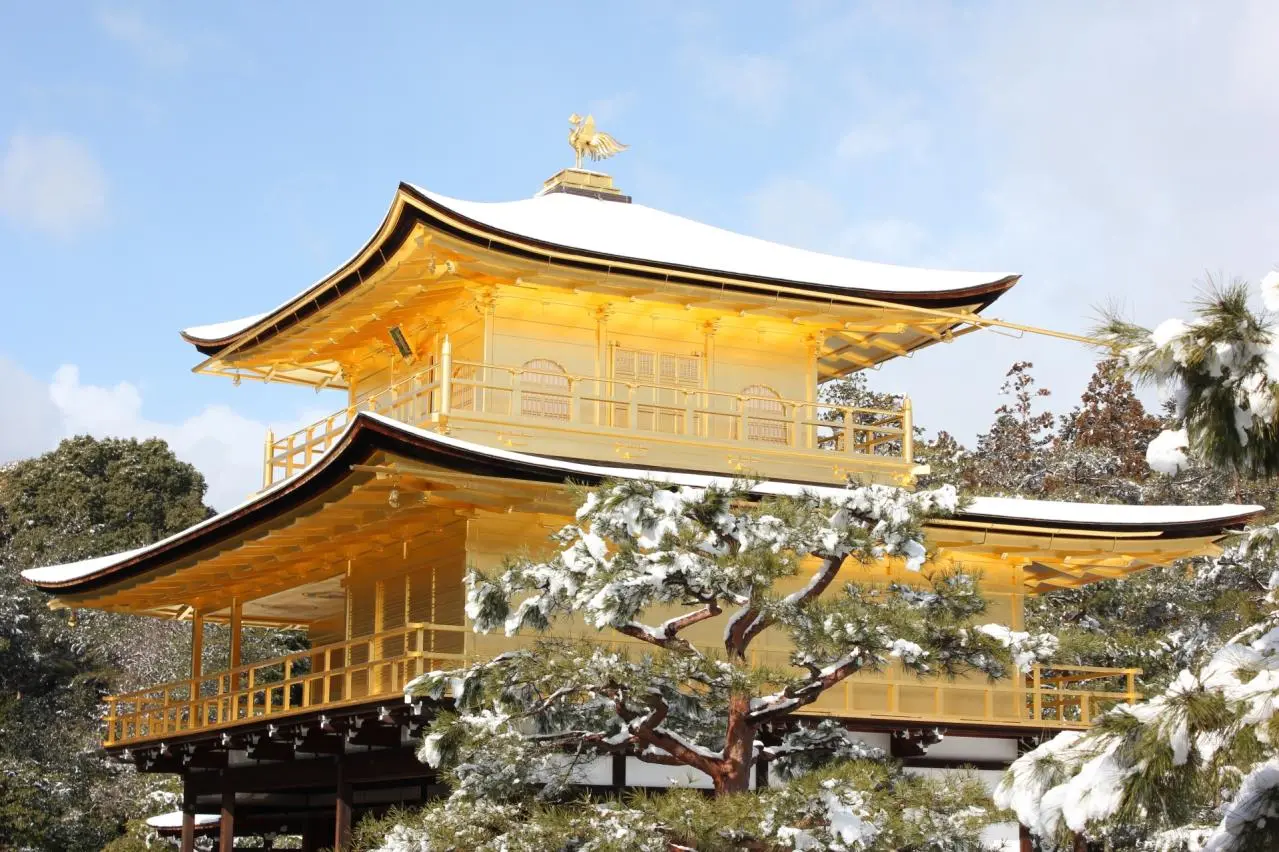
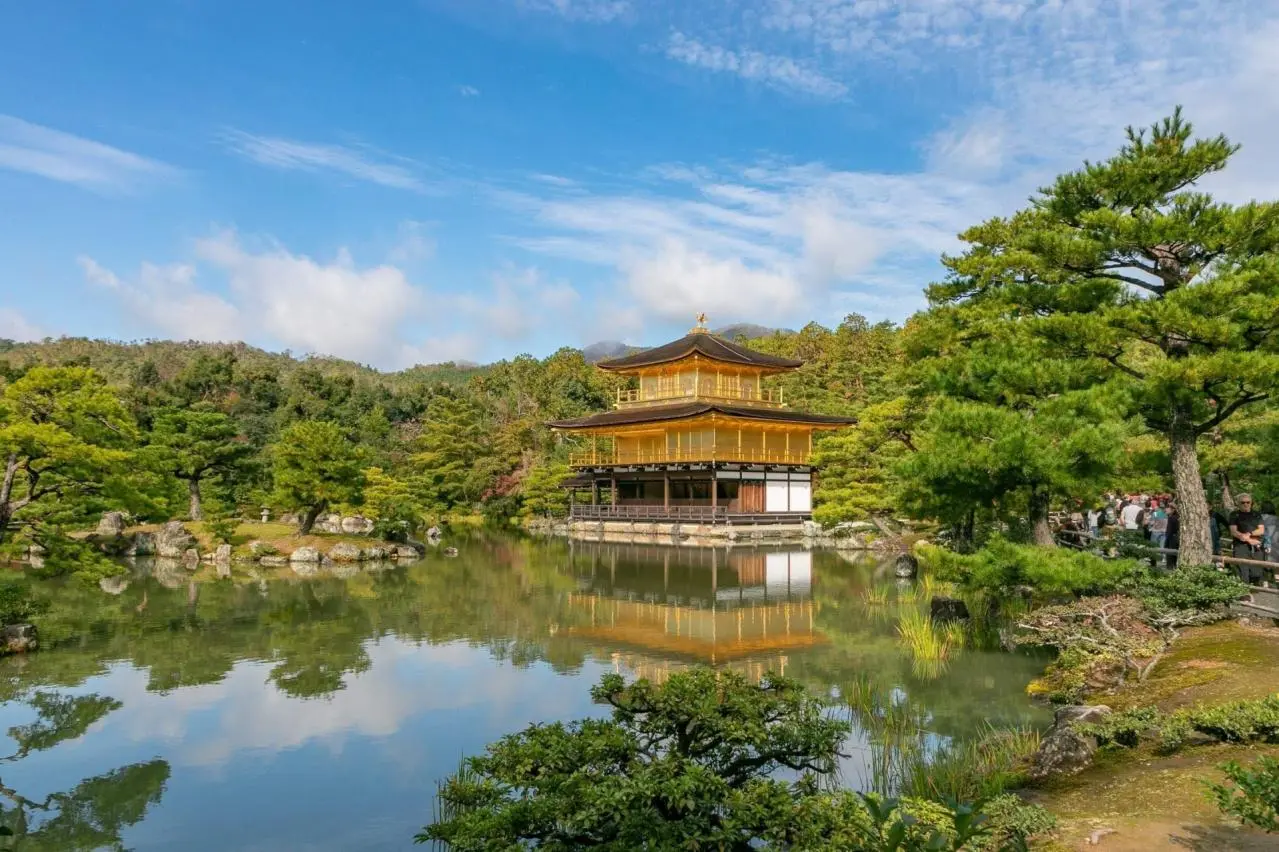
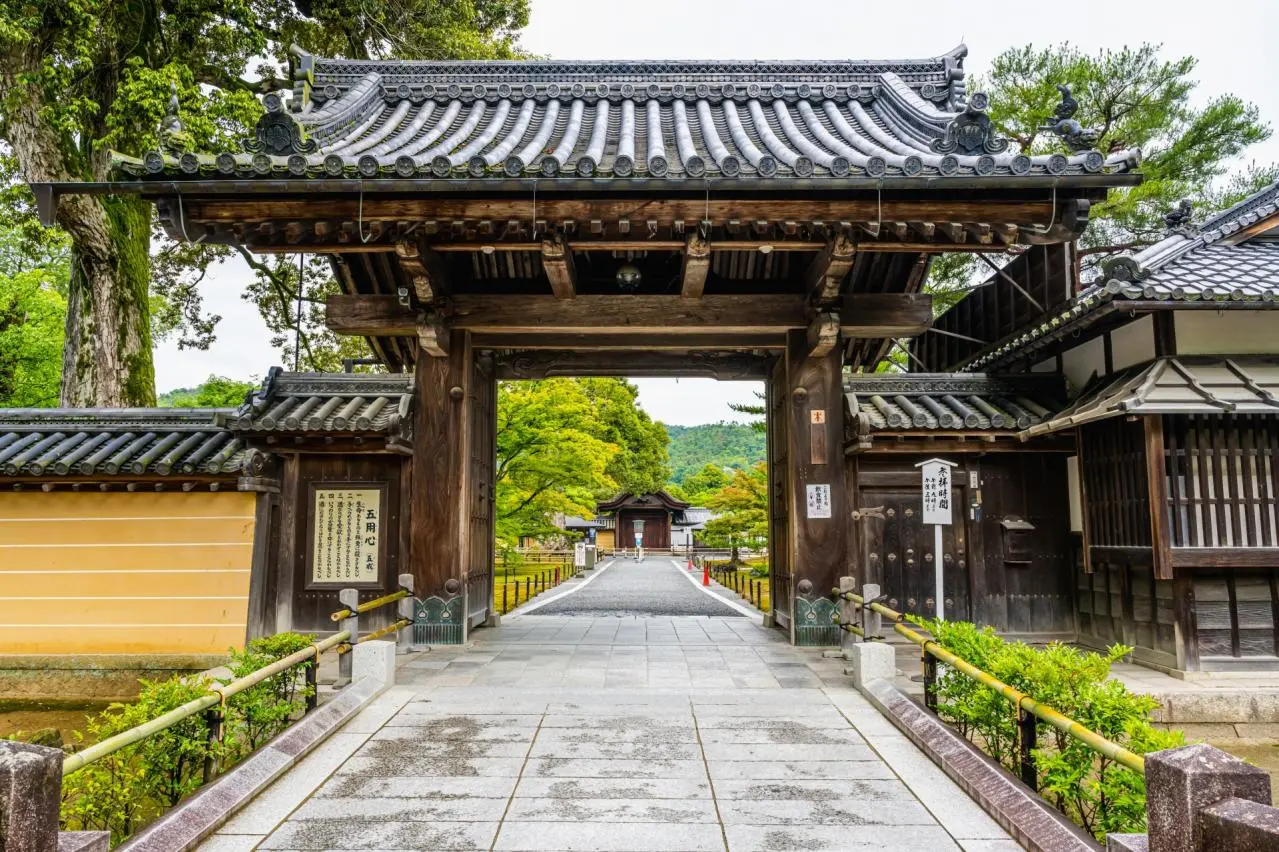
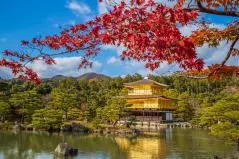
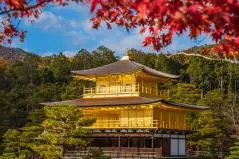
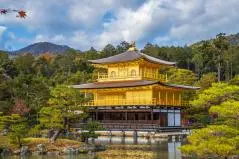
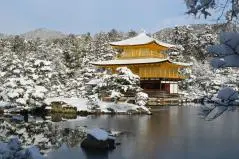
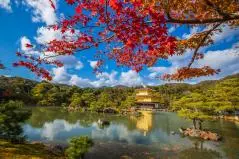
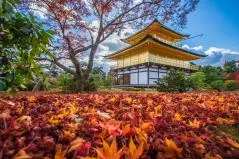
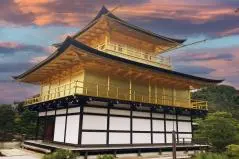
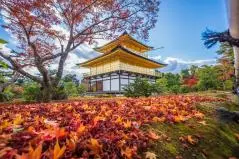
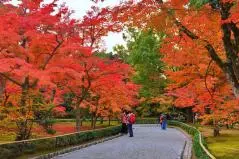
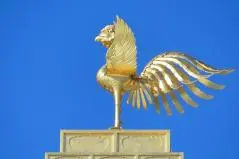
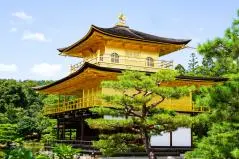
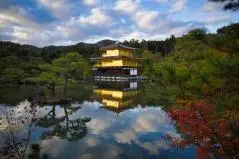
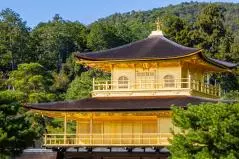
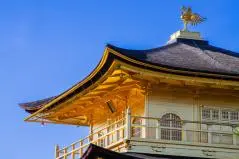
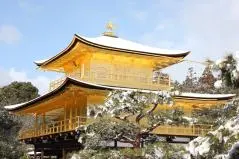
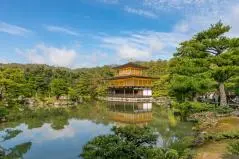
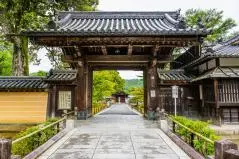

![[Kyoto vlog]金閣寺周辺のおすすめコスパ最高ランチ紹介|京都観光の穴場グルメ](https://i.ytimg.com/vi/8sy4NkaaqiM/mqdefault.jpg)

![[京都|Kyoto]"金閣寺"を観光|金色の世界遺産を散策|Kyoto "Kinkaku-ji Temple" Walking Tour(Vlog)](https://i.ytimg.com/vi/tqq-418qwcA/mqdefault.jpg)





